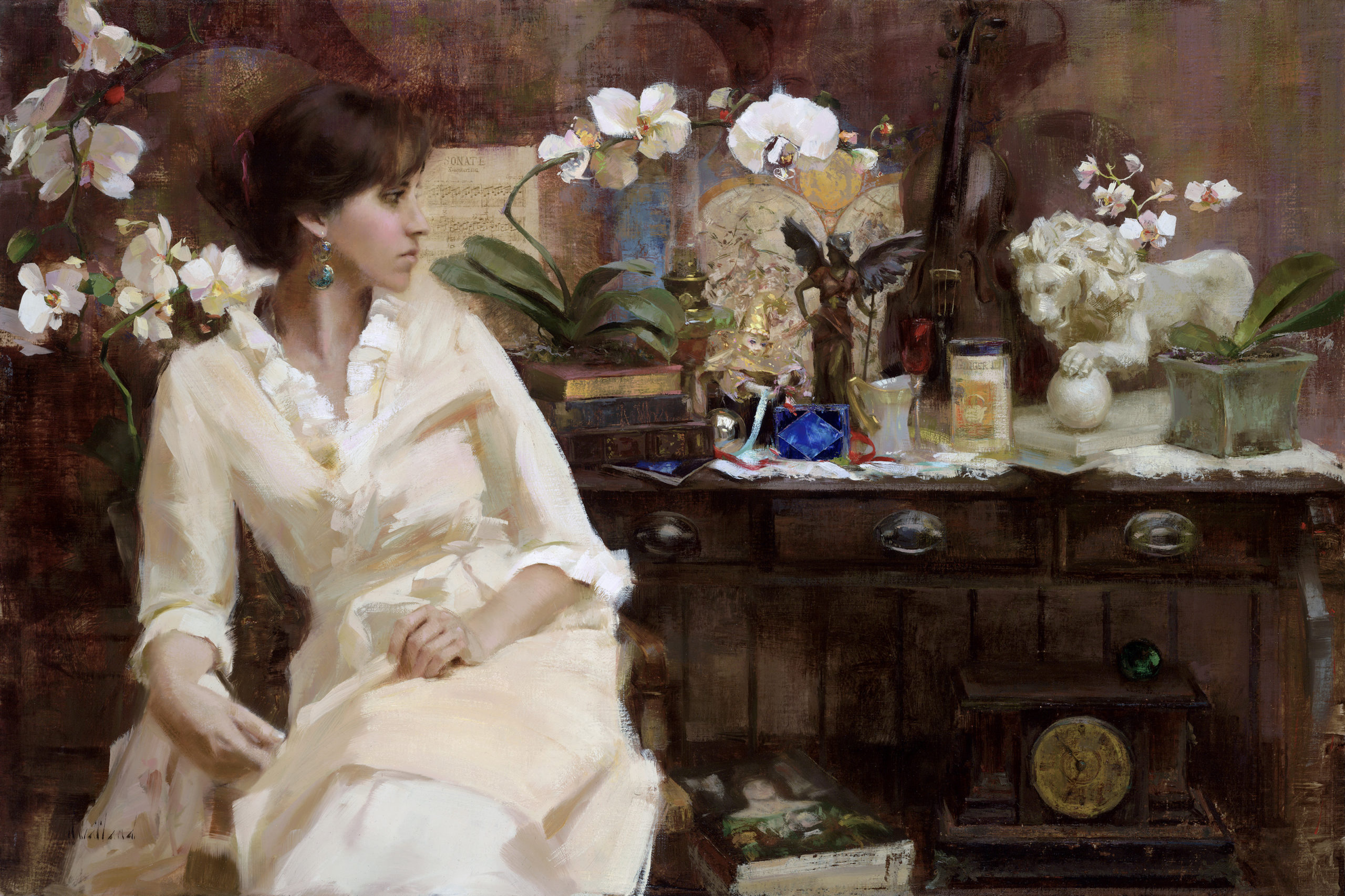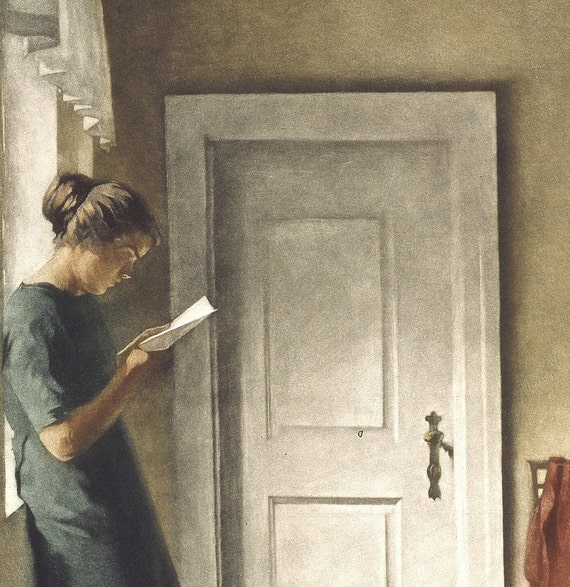Grasping Composition and Shade in Figurative Oil Painting
Grasping Composition and Shade in Figurative Oil Painting
Blog Article
The Advancement of Metaphorical Oil Painting: Recognizing Its Historical Significance and Modern Interpretations
The evolution of figurative oil painting acts as a compelling lens via which to check out the interaction in between artistic expression and historical context. From the precise naturalism of the Renaissance to the stirring power of the Baroque, each age has contributed layers of meaning and technique to this classic tool. Contemporary musicians, attracting from this rich heritage, are currently reinterpreting the human number in manner ins which challenge typical stories. As we discover these changes, one need to consider exactly how the dialogue between previous and existing informs not only artistic method but also social representations in a progressively complex world.
Beginnings of Metaphorical Oil Paint
The beginnings of figurative oil painting can be traced back to the very early Renaissance in Europe, specifically in the 15th century. This period marked a considerable separation from the level depictions and stiff kinds characteristic of middle ages art. Musicians started to check out naturalism, highlighting the human figure and its emotional expression. The growth of oil paint enabled greater depth of shade and information, boosting the realism and vibrancy of their work.

In this transformative age, figures were commonly illustrated within contextually abundant settings, showcasing not just their physical features but also their psychological states. Leaders such as Jan van Eyck and Titian harnessed the medium's convenience, employing layering strategies to attain luminosity and texture. This advancement promoted the portrayal of intricate textiles and the subtleties of skin tones, adding to the growth of portraiture and narrative scenes.
In Addition, the Renaissance focus on humanism promoted an admiration for individualism, which subsequently affected musicians to produce more relatable and vibrant figures - figurative oil painting. Consequently, figurative oil paint emerged as a powerful automobile for storytelling and psychological engagement, laying the foundation for future imaginative activities and designs
Trick Historic Activities
Substantial historical motions have formed the advancement of metaphorical oil painting, each adding special viewpoints and methods that increased the tool's opportunities. The Renaissance noted a zero hour, stressing realism and the human form, with musicians like Leonardo da Vinci and Michelangelo pressing the boundaries of anatomical accuracy and viewpoint. Following this, the Baroque period brought significant contrasts of light and darkness, exhibited by Caravaggio, who instilled spiritual motifs with extreme emotionality.
The 19th century presented Romanticism and Realistic look, where musicians such as Delacroix and Courbet tested classic ideals, focusing on private expression and everyday life. The advent of Impressionism additionally changed the medium by stressing the effects of light and shade, bring about a separation from conventional representation.
In the very early 20th century, movements like Expressionism and Cubism redefined figurative painting via abstraction and the exploration of psychological depth. Each of these activities not just reflected the societal adjustments of their times but additionally laid the foundation for contemporary interpretations. The interaction between these historical activities has produced a rich tapestry of designs and ideologies, affecting modern musicians in their pursuit of catching the human experience on canvas.
Techniques and Materials Development

Throughout the Baroque period, strategies such as chiaroscuro and sfumato arised, boosting the emotional vibration of metaphorical structures. look at more info Artists began to explore lusters and impasto, controling texture and luminance. By the 19th century, developments like the usage of pre-mixed paints in tubes reinvented access, enabling artists to paint en plein air and record the short lived impacts of light.
The 20th century witnessed the introduction of synthetic pigments and mediums, which broadened the palette and changed the consistency of oil paints. In addition, the expedition of brand-new application methods, such as combination blades and brushes of varying tightness, further varied creative expression. Collectively, these developments reflect the advancing relationship between products, methods, and the imaginative vision fundamental in figurative oil painting.

Contemporary Analyses
Contemporary interpretations of figurative oil painting reflect a vibrant discussion between custom and advancement, where artists challenge established standards and discover varied styles. This evolution manifests in various methods, as modern musicians blend classic techniques with modern-day concepts, frequently resolving social, political, and individual narratives.
Many specialists attract inspiration from historic jobs, yet they instill their items with contemporary viewpoints, making use of the human form as a lorry for discourse on identification, sex, and culture. Artists progressively experiment with abstraction, distortion, and multimedias, which enables a broader analysis of the number and its context.
Additionally, making use of dazzling shade palettes and non-traditional make-ups typically serves to disrupt traditional seeing experiences, provoking critical involvement from target markets. This change in emphasis prolongs past looks; it shows an expanding recognition of the intricacies of human experience in an interconnected globe.
As metaphorical oil paint remains to progress, it remains a vital medium for discovering the nuances of contemporary life, embodying both a respect for heritage and a dedication to dynamic thought. their website The outcome is an abundant tapestry of expression that resonates with the intricacies of the contemporary human condition.
Influence On Modern Art
The impact of figurative oil paint on contemporary art is extensive, as it has actually continuously influenced a myriad of artistic motions and methods throughout the 21st and 20th centuries. From Expressionism to Surrealism and beyond, the expedition of the human figure has actually stayed a main theme, permitting musicians to share complicated emotions and narratives. This focus on metaphorical depiction has actually caused a re-examination of typical techniques, resulting in ingenious strategies that mix realism with abstraction.
In addition, modern musicians have actually welcomed metaphorical oil paint as a way to resolve political and social issues, utilizing the tool to challenge perceptions of society, gender, and identification. The renewal of passion in metaphorical operate in current years shows a hoping for connection in an increasingly electronic globe, where human experience and feeling are extremely important.
Furthermore, the dialogue in between figurative oil paint and modern art appears in the works of musicians such as Kehinde Wiley and Jenny Saville, that draw on historic recommendations while infusing their items with modern relevance. Inevitably, metaphorical oil painting continues to form and redefine modern-day creative expression, highlighting its long-lasting importance in the art world.
Conclusion
The development of figurative oil painting underscores its historical value and flexibility throughout numerous imaginative activities. Inevitably, metaphorical oil paint continues to be a crucial medium for exploring the human experience, reverberating greatly in today's electronic landscape.
The evolution of metaphorical oil painting offers as an engaging lens with which to examine the interplay in between creative expression and historic context.Considerable historical activities have actually formed the evolution of figurative oil painting, each contributing unique philosophies and strategies that increased the tool's possibilities.As historic activities formed the trajectory of figurative oil painting, the methods and materials used by musicians have actually also undergone considerable changes. figurative oil painting.The impact of figurative oil painting on modern-day art is profound, as it has continually inspired a myriad of creative activities and practices throughout the 20th and 21st centuries.The evolution of metaphorical oil paint emphasizes its historic value and versatility throughout various imaginative activities
Report this page